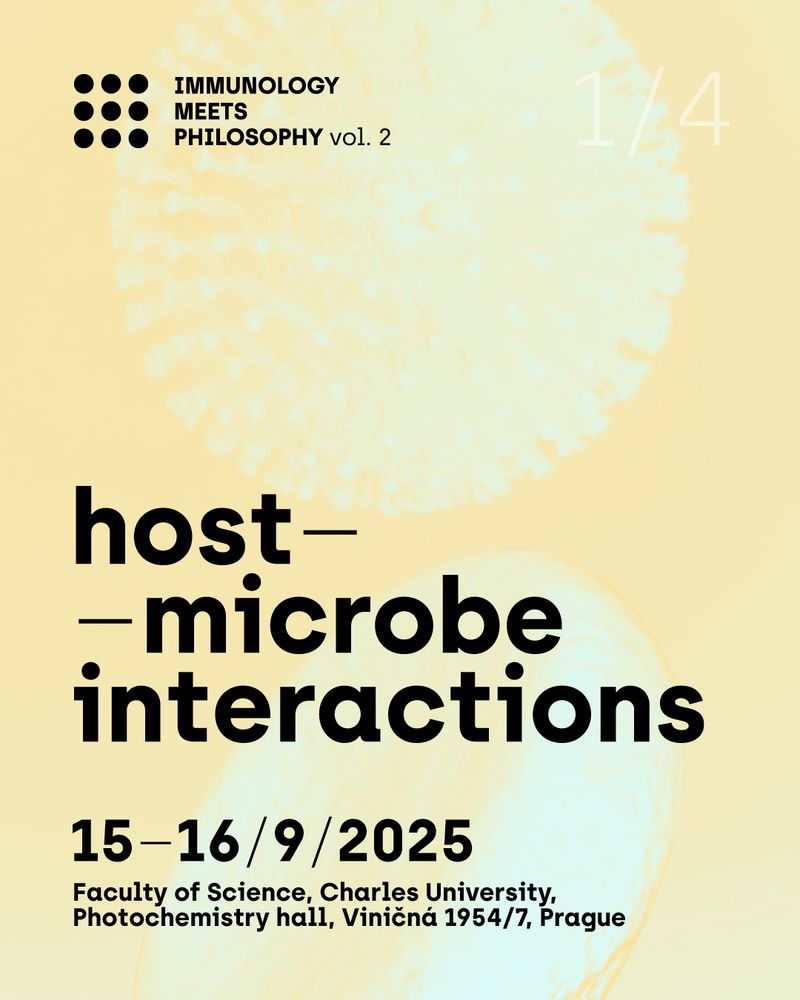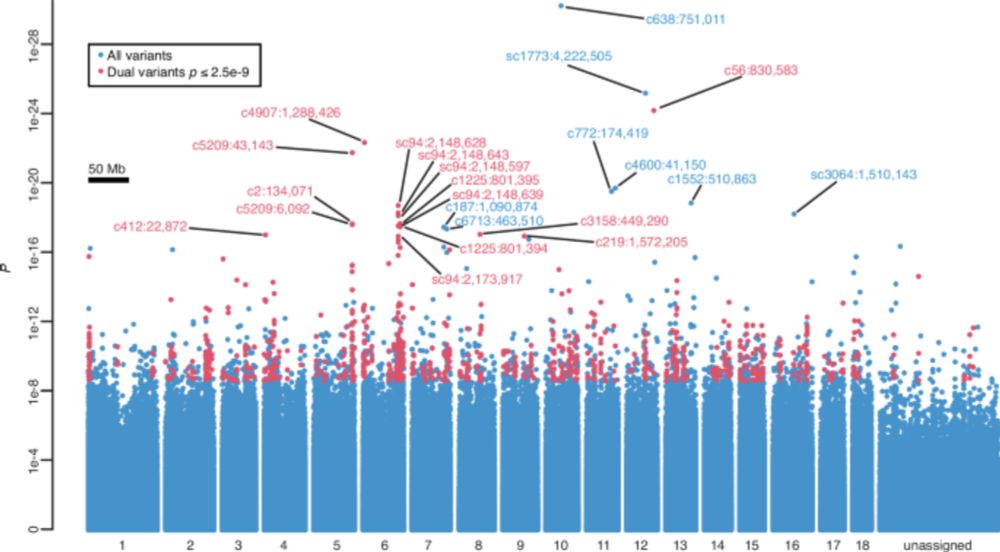


doi.org/10.1016/j.fa...
authors.elsevier.com/a/1m5yH5Eb1x...

authors.elsevier.com/a/1m5yH5Eb1x...

🔗 www.nature.com/articles/s41...

🔗 www.nature.com/articles/s41...
doi.org/10.1016/j.fa...


doi.org/10.1016/j.fa...
Keep an eye on the BSP website for registration and abstract submission!
Logo by @shannaraeilean.bsky.social! 🦟

Keep an eye on the BSP website for registration and abstract submission!
Logo by @shannaraeilean.bsky.social! 🦟




🔗 natur.cuni.cz/en/biology/d...


🔗 natur.cuni.cz/en/biology/d...





On-site / online stream registration - link in comments 👇

We met with @ankarn.bsky.social (thank you! 🙏🏻) to exchange knowledge on bird schistosomes and swimmer's itch and, mainly, share our experience with water filtration and #eDNA detection. 🧬




We met with @ankarn.bsky.social (thank you! 🙏🏻) to exchange knowledge on bird schistosomes and swimmer's itch and, mainly, share our experience with water filtration and #eDNA detection. 🧬
Isolation of Toxoplasma gondii from the placenta of northern fur seals (Callorhinus ursinus) and potential transplacental transmission of the parasite 🧪
doi.org/10.1051/para...

Isolation of Toxoplasma gondii from the placenta of northern fur seals (Callorhinus ursinus) and potential transplacental transmission of the parasite 🧪
doi.org/10.1051/para...
In my first ever last-author paper (😱) we investigate this, comparing endemic and repeat controlled human schistosome infection: rdcu.be/exH58

In my first ever last-author paper (😱) we investigate this, comparing endemic and repeat controlled human schistosome infection: rdcu.be/exH58

📍 @sciencecharles.bsky.social @ukforum.cuni.cz
🔗 radiozurnal.rozhlas.cz/ptaci-motoli...

📍 @sciencecharles.bsky.social @ukforum.cuni.cz
🔗 radiozurnal.rozhlas.cz/ptaci-motoli...
www.thelancet.com/journals/lan...

www.thelancet.com/journals/lan...
www.cell.com/current-biol...

www.cell.com/current-biol...

A step forward in molecular surveillance of bird schistosomes!
@sciencecharles.bsky.social
🔗 doi.org/10.1186/s130...

A step forward in molecular surveillance of bird schistosomes!
@sciencecharles.bsky.social
🔗 doi.org/10.1186/s130...

🔗 www.nature.com/articles/d41...

🔗 www.nature.com/articles/d41...
The study shows how it changes eosinophils in the bone marrow, leading to long-lasting effects on allergic reactions and lung inflammation.
🔗 www.science.org/doi/10.1126/...

The study shows how it changes eosinophils in the bone marrow, leading to long-lasting effects on allergic reactions and lung inflammation.
🔗 www.science.org/doi/10.1126/...

